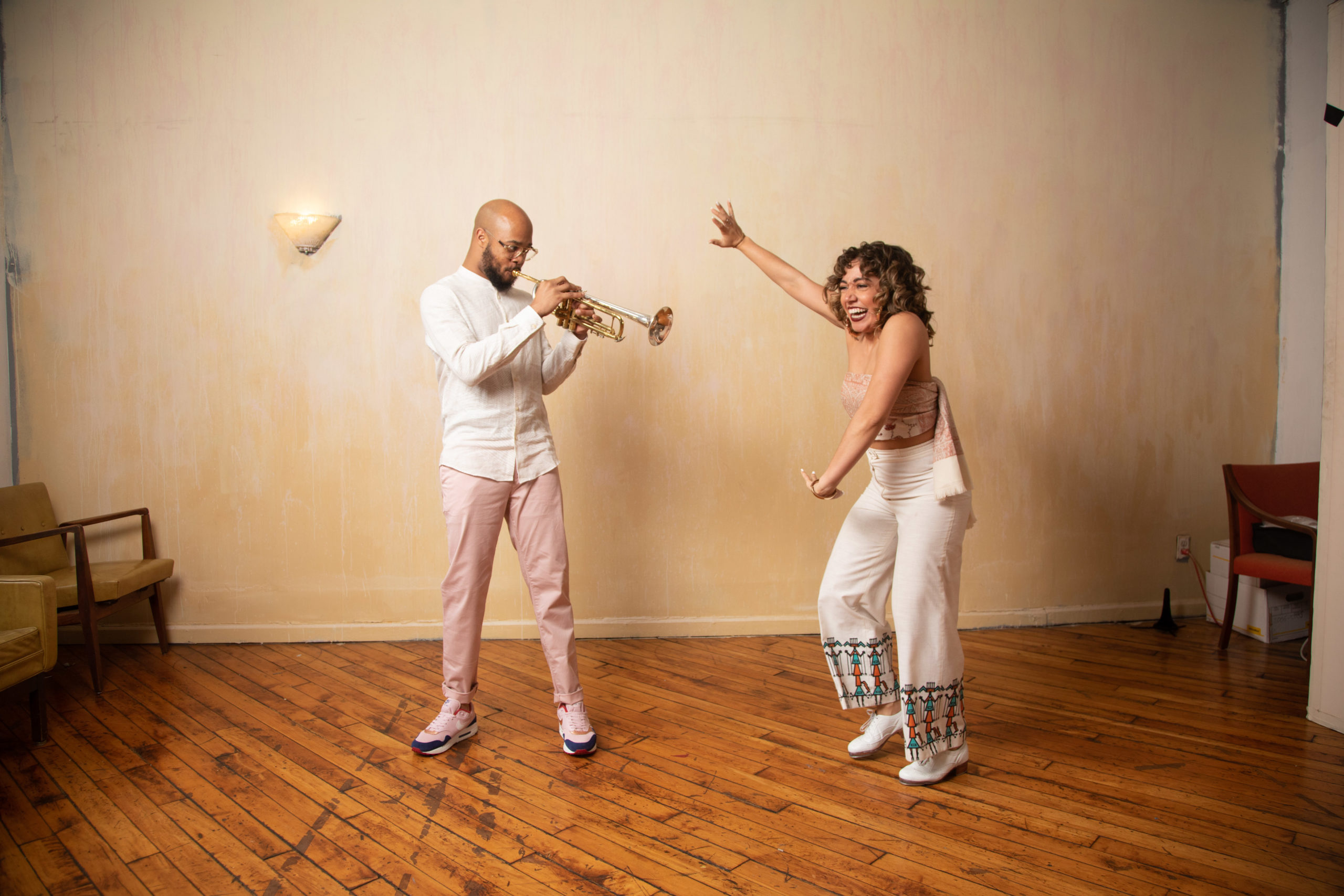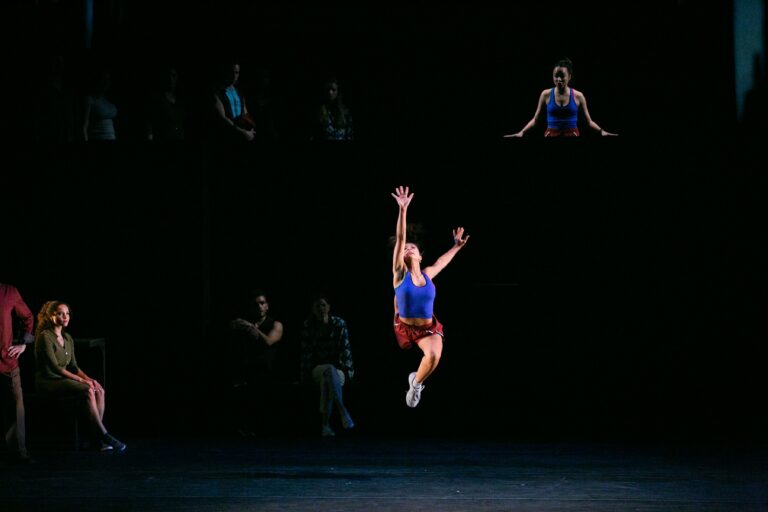
Amanda Castro has been dancing for as long as she can remember. “I’m Puerto Rican, so it’s in my blood,” she says. By the time she was 4 years old, her mom was eager to put her innate talent to good use and enrolled her at Gloria Jean’s School of Dance in North Haven, Connecticut. There, Castro was introduced to ballet, jazz and tap and found a dance home that would carry her through adolescence until her high school graduation. Simultaneously, she attended Betsy Ross Arts Magnet Middle School starting in fifth grade, followed by an arts high school at The Educational Center for the Arts. “I would start my day at a regular public school, then around lunchtime head to my arts high school and finish the day at my studio,” she says. In these schools, she added West African, lyrical and hip hop to her dance tool-belt.

Following high school, Castro attended California Institute of the Arts—a school she sought out because of its specialization in choreography. “I had done a lot of choreography in my arts high school, and it was something that never really felt good to me,” she says. “I loved everything about dance and wanted to improve the skill that I most struggled with.” Near the end of her four-year degree, Castro was introduced to Urban Bush Women dancer Nora Chipaumire. “During a workshop she did at CalArts, I realized it was the first time I’d danced like myself in years,” she remembers. So, Castro auditioned for the company, booked the job, and moved to New York City right out of college. She worked as an apprentice for a short time before officially joining the company and touring for four years.
Castro describes tap dance as her soul song, and toward the end of her time with the company she was eager to pursue new avenues within the industry. “I started taking class and figuring out where the tap dance community is in New York City,” she says. In 2016, she was crowned champion of Jared Grimes’ “Run the Night” dance competition with a winning tap solo to Vivaldi. At the same time, she collaborated with Indian classical dancer Brinda Guha and flamenco dancer Arielle Rosales to create Soles of Duende, an all-female percussion trio: “We wanted to show three women making music onstage with joy.” Castro also performed in regional and touring productions of West Side Story, In the Heights and Singin’ in the Rain. Here, she shares the most helpful correction she’s ever received, the biggest turning point in her career and her advice for educators in 2022.

The most helpful counsel she’s ever received “When I came off the stage as a young dancer, my hometown dance school teacher, Stacy Eastman, would always say ‘Did you enjoy yourself? That’s all that matters.’ Willie Feuer, a teacher from my high school, taught me to learn the difference between pain and discomfort. He said not to mistake discomfort for pain because you can get through discomfort. I hold on to that a lot now as an adult. Shari Caldwell, the West African dance teacher at my middle school, told me to learn stillness. The dance form itself is so unstill that we have to discover it ourselves. My Urban Bush Women community taught me to not simply create a network, but to create a net that works—we need to support each other in this world. Finally, some of the OG New York tap dancers taught me that I’m always going to sound like myself when I make music. I can learn steps from a bunch of different people, but in the end, it will always sound uniquely like me.”
On the biggest turning point in her career “When Nora Chipaumire came to CalArts, it changed everything. I had enjoyed my time in school, but I didn’t have a lot of diasporic dancing there—a dance genre which is really important to me, how I move and my culture. We had done a lot of ballet and Limón, and her class was the first time I felt like I was in my body again. It made me realize I had more I wanted to express.”
Her advice for educators in 2022 “Allow your students to see and understand more forms of dance than what you currently offer. Also, provide historical context for the dance forms they are learning. It will open the door for exploration. Push them to question history so that the artform doesn’t simply begin and end with you.”
Her goals for the future “My goal as an artist is to continue to work and push to be part of the stories that push humanity forward. One of my goals right now is to literally be in spaces that spark informed joy. I want to share dance with everyone because dance belongs to everybody.”





